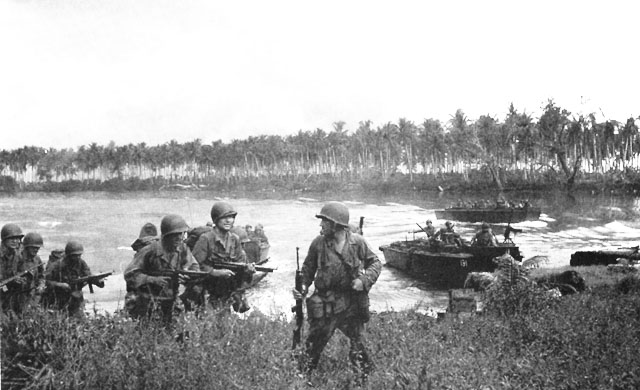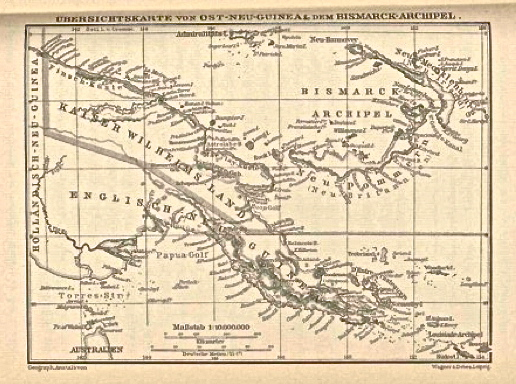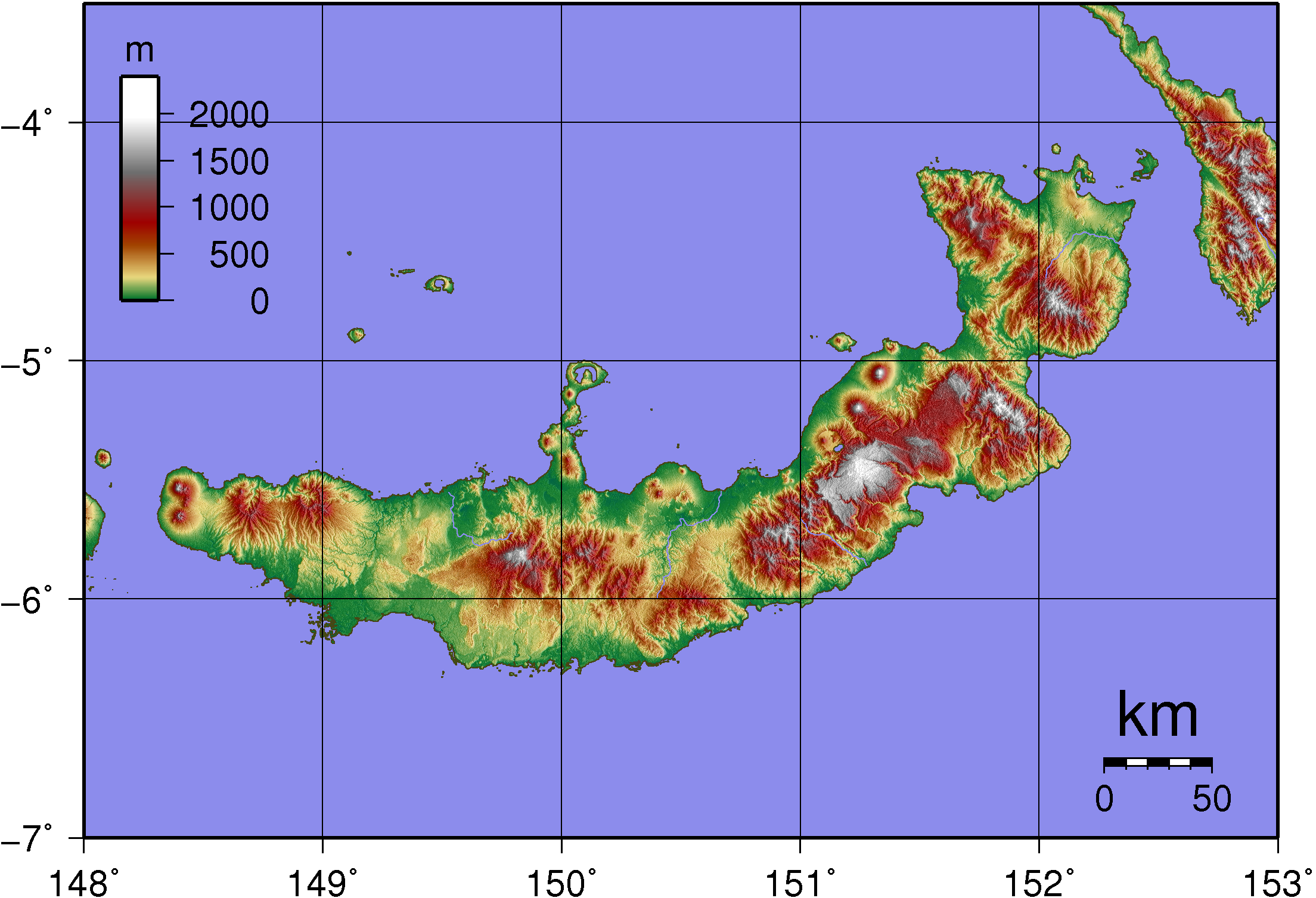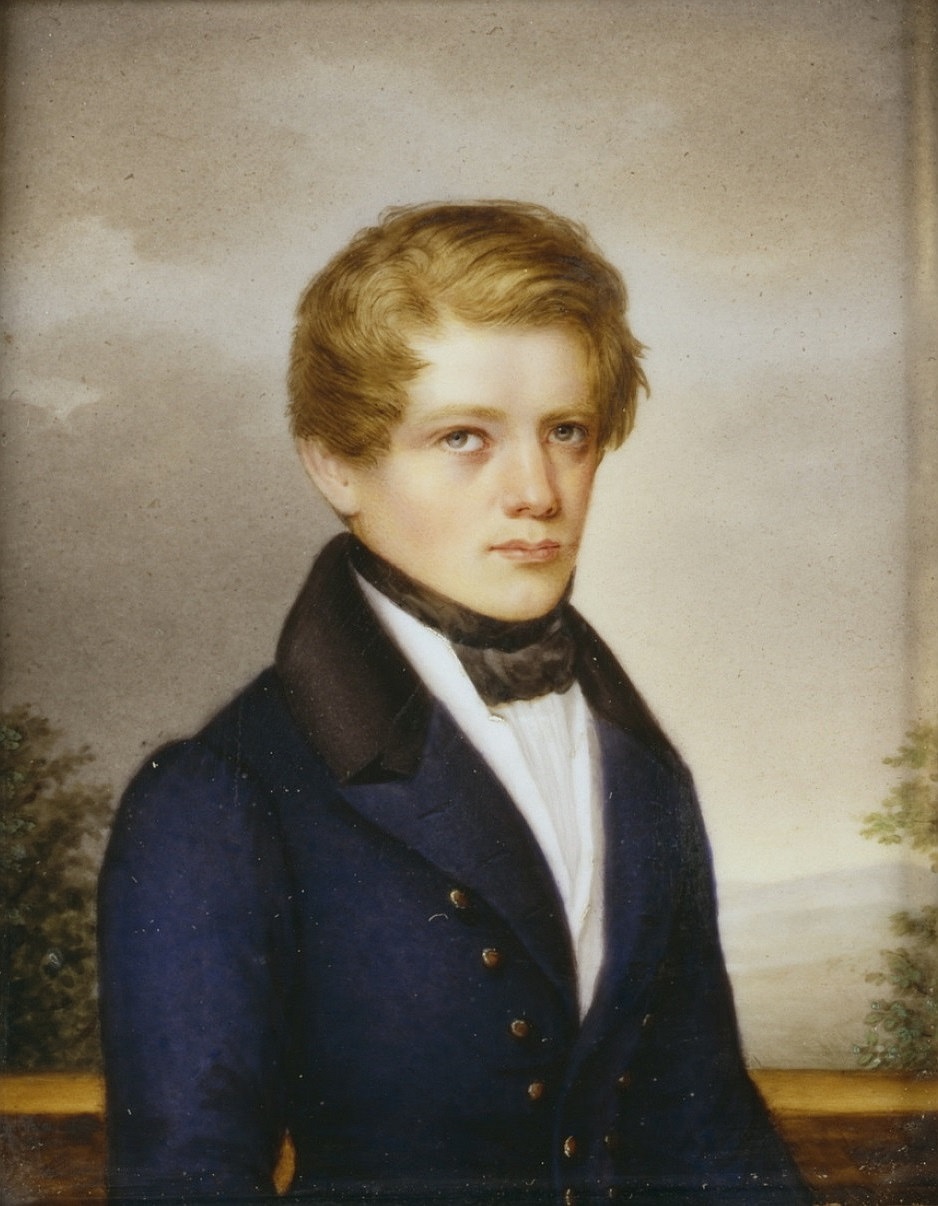|
Otto Finsch
Friedrich Hermann Otto Finsch (8 August 1839, Warmbrunn – 31 January 1917, Braunschweig) was a German ethnographer, natural history, naturalist and colonial explorer. He is known for a two-volume monograph on the parrots of the world which earned him a doctorate. He also wrote on the people of New Guinea and was involved in plans for German colonization in Southeast Asia. Several species of bird (such as ''Oenanthe finschii'', ''Alophoixus finschii'', ''Psittacula finschii'') are named after him as also the town of Finschhafen in Morobe Province, Papua New Guinea and a crater on the moon. Biography Finsch was born at Cieplice Śląskie-Zdrój, Bad Warmbrunn in Silesia to Mortiz Finsch and Mathilde née Leder. His father was in the glass trade and he too trained as a glass painter. An interest in birds led him to use his artistic skills for the purpose. Finsch went to Budapest in 1857 and studied at the Eötvös Loránd University, Royal Hungarian University, earning money by prep ... [...More Info...] [...Related Items...] OR: [Wikipedia] [Google] [Baidu] |
Jelenia Góra
Jelenia Góra (pron. ; Polish: ; german: Hirschberg im Riesengebirge; Exonym: ''Deer Mountain''; szl, Jelyniŏ Gōra) is a historic city in southwestern Poland, within the historical region of Lower Silesia. Jelenia Góra is situated in the Lower Silesian Voivodeship, close to the Karkonosze mountain range running along the Polish-Czech border – ski resorts such as Karpacz and Szklarska Poręba are situated from the city. Jelenia Góra constitutes a separate urban gmina as well as being the seat of surrounding Karkonosze County (formerly Jelenia Góra County). In 2021 the population of Jelenia Góra was 77,366. The area, including the oldest spa district of Cieplice Śląskie-Zdrój, is one of the most valued recreational and leisure spots in Poland. The city's history dates back to as early as the 10th century, but the settlement was granted town rights under Polish rule in 1288. Jelenia Góra was founded on important trade routes linking the Holy Roman Empire and Bohemia w ... [...More Info...] [...Related Items...] OR: [Wikipedia] [Google] [Baidu] |
Alfred Brehm
Alfred Edmund Brehm (; 2 February 1829 – 11 November 1884) was a German zoologist, writer, director of zoological gardens and the son of Christian Ludwig Brehm, a famous pastor and ornithologist. Through the book title ''Brehms Tierleben'', which he co-authored with Eduard Pechuël-Loesche, Wilhelm Haacke, and Richard Schmidtlein, his name became a household word for popular zoological literature. Early life Alfred Brehm grew up in the small Thuringian village of Unter renthendorf as the son of the minister, Christian Ludwig Brehm, and of his second wife Bertha. Christian Ludwig Brehm made a name for himself as an ornithologist by publications and through an extensive collection of stuffed birds. The collection, held in the parsonage and consisting of over 9,000 dead birds, offered a glimpse into the world of European birds. His father's research gave the younger Brehm an interest in zoology, but at first he wanted to become an architect. In the spring of 1844 he ... [...More Info...] [...Related Items...] OR: [Wikipedia] [Google] [Baidu] |
Bismarck Archipelago
The Bismarck Archipelago (, ) is a group of islands off the northeastern coast of New Guinea in the western Pacific Ocean and is part of the Islands Region of Papua New Guinea. Its area is about 50,000 square km. History The first inhabitants of the archipelago arrived around 30–40,000 years ago. They may have traveled from New Guinea, by boat across the Bismarck Sea or via a temporary land bridge, created by an uplift in the Earth's Crust (geology), crust. Later arrivals included the Lapita people. The first European to visit these islands was Dutch explorer Willem Schouten in 1616. The islands remained unsettled by western Europeans until they were annexed as part of the German protectorate of German New Guinea in 1884. The area was named in honour of the Chancellor of Germany (German Reich), Chancellor Otto von Bismarck. On 1888 Ritter Island eruption and tsunami, 13 March 1888, a volcano erupted on Ritter Island causing a megatsunami. Almost the entire volcano fell into t ... [...More Info...] [...Related Items...] OR: [Wikipedia] [Google] [Baidu] |
Kaiser-Wilhelmsland
Kaiser-Wilhelmsland ("Emperor William's Land") formed part of German New Guinea (german: Deutsch-Neuguinea), the South Pacific protectorate of the German Empire. Named in honour of Wilhelm I, who reigned as German Emperor () from 1871 to 1888, it included the northern part of present-day Papua New Guinea. From 1884 until 1920 the territory was a protectorate ( de , Schutzgebiet) of the German Empire. Kaiser-Wilhelmsland, the Bismarck Archipelago (including New Mecklenburg and New Pomerania), the northern Solomon Islands, the Caroline Islands, Palau, Nauru, the Northern Mariana Islands, and the Marshall Islands comprised German New Guinea. Most of the German settlers in Kaiser-Wilhelmsland worked as plantation owners, miners, or government functionaries; the number of European settlers, including non-Germans, was never very high. In 1885, Lutheran and Catholic congregations sent clergy to establish missions; they experienced moderate, but very slow, success with the indigenous ... [...More Info...] [...Related Items...] OR: [Wikipedia] [Google] [Baidu] |
New Ireland (island)
New Ireland (Tok Pisin: ''Niu Ailan'') or Latangai, is a large island in Papua New Guinea, approximately in area with 120,000 people. It is named after the island of Ireland. It is the largest island of New Ireland Province, lying northeast of the island of New Britain. Both islands are part of the Bismarck Archipelago, named after Otto von Bismarck, and they are separated by Saint George's Channel. The administrative centre of the island and of New Ireland province is the town of Kavieng located at the northern end of the island. While the island was part of German New Guinea, it was named Neumecklenburg ("New Mecklenburg"). Geography The island is part of the Bismarck Archipelago and is often described as having the shape of a musket. New Ireland is surrounded by the Bismarck Sea in the southwest and by the Pacific Ocean in the northeast. For much of its in length, the island's width varies between less than to , yet the central mountainous spine is very steep an ... [...More Info...] [...Related Items...] OR: [Wikipedia] [Google] [Baidu] |
New Britain
New Britain ( tpi, Niu Briten) is the largest island in the Bismarck Archipelago, part of the Islands Region of Papua New Guinea. It is separated from New Guinea by a northwest corner of the Solomon Sea (or with an island hop of Umboi the Dampier and Vitiaz Straits) and from New Ireland by St. George's Channel. The main towns of New Britain are Rabaul/Kokopo and Kimbe. The island is roughly the size of Taiwan. While the island was part of German New Guinea, it was named Neupommern ("New Pomerania"). In common with most of the Bismarcks it was largely formed by volcanic processes, and has active volcanoes including Ulawun (highest volcano nationally), Langila, the Garbuna Group, the Sulu Range, and the volcanoes Tavurvur and Vulcan of the Rabaul caldera. A major eruption of Tavurvur in 1994 destroyed the East New Britain provincial capital of Rabaul. Most of the town still lies under metres of ash, and the capital has been moved to nearby Kokopo. Geography New Britain e ... [...More Info...] [...Related Items...] OR: [Wikipedia] [Google] [Baidu] |
Otto Von Bismarck
Otto, Prince of Bismarck, Count of Bismarck-Schönhausen, Duke of Lauenburg (, ; 1 April 1815 – 30 July 1898), born Otto Eduard Leopold von Bismarck, was a conservative German statesman and diplomat. From his origins in the upper class of Junker landowners, Bismarck rose rapidly in Prussian politics, and from 1862 to 1890 he was the Minister President of Prussia, minister president and List of foreign ministers of Prussia, foreign minister of Prussia. Before his rise to the Executive (government), executive, he was the Prussian ambassador to Russian Empire, Russia and Second French Empire, France and served in both houses of the Landtag of Prussia, Prussian Parliament. He masterminded the unification of Germany in 1871 and served as the first Chancellor of Germany#Under the Emperor (1871–1918), Chancellor of the German Empire until 1890, in which capacity he dominated European affairs. He had served as the chancellor of the North German Confederation from 1867 to 1871, alon ... [...More Info...] [...Related Items...] OR: [Wikipedia] [Google] [Baidu] |
Adolph Von Hansemann
Adolph von Hansemann (27 July 1826 – 9 December 1903) was an German Empire, Imperial German businessman and banker. Life Born in Aachen in 1826 to German banker and railroad entrepreneur David Hansemann, Adolph Hansemann developed an early interest in business administration. He left home for Hamburg in 1841. He was a partner in his brother Gustav's textile factory in Eupen, Belgium, until leaving to help manage his father's Disconto-Gesellschaft in 1857. After his father's death in 1864, Adolph Hansemann continued to develop it by himself, expanding it into the largest private bank in the German Empire and one of the most famous in Europe. Along with Gerson von Bleichroeder, he arranged the financing for the Royal Prussian Army during the 1870 Franco-Prussian War; for his services, he was elevated to the peerage by Kaiser Wilhelm I and appended the ''von'' to his name. As a board member at Krupp and chairman of the Gelsenkirchen Mining Company (''Gelsenkirchener Bergwerks-AG' ... [...More Info...] [...Related Items...] OR: [Wikipedia] [Google] [Baidu] |
New Guinea
New Guinea (; Hiri Motu Hiri Motu, also known as Police Motu, Pidgin Motu, or just Hiri, is a language of Papua New Guinea, which is spoken in surrounding areas of Port Moresby (Capital of Papua New Guinea). It is a simplified version of Motu, from the Austronesian l ...: ''Niu Gini''; id, Papua, or , historically ) is the List of islands by area, world's second-largest island with an area of . Located in Oceania in the southwestern Pacific Ocean, the island is separated from Mainland Australia, Australia by the wide Torres Strait, though both landmasses lie on the same continental shelf. Numerous smaller islands are located to the west and east. The eastern half of the island is the major land mass of the independent state of Papua New Guinea. The western half, known as Western New Guinea, forms a part of Indonesia and is organized as the provinces of Papua (province), Papua, Central Papua, Highland Papua, South Papua, Southwest Papua, and West Papua (province), West ... [...More Info...] [...Related Items...] OR: [Wikipedia] [Google] [Baidu] |
Australia
Australia, officially the Commonwealth of Australia, is a Sovereign state, sovereign country comprising the mainland of the Australia (continent), Australian continent, the island of Tasmania, and numerous List of islands of Australia, smaller islands. With an area of , Australia is the largest country by area in Oceania and the world's List of countries and dependencies by area, sixth-largest country. Australia is the oldest, flattest, and driest inhabited continent, with the least fertile soils. It is a Megadiverse countries, megadiverse country, and its size gives it a wide variety of landscapes and climates, with Deserts of Australia, deserts in the centre, tropical Forests of Australia, rainforests in the north-east, and List of mountains in Australia, mountain ranges in the south-east. The ancestors of Aboriginal Australians began arriving from south east Asia approximately Early human migrations#Nearby Oceania, 65,000 years ago, during the Last Glacial Period, last i ... [...More Info...] [...Related Items...] OR: [Wikipedia] [Google] [Baidu] |
New Zealand
New Zealand ( mi, Aotearoa ) is an island country in the southwestern Pacific Ocean. It consists of two main landmasses—the North Island () and the South Island ()—and over 700 smaller islands. It is the sixth-largest island country by area, covering . New Zealand is about east of Australia across the Tasman Sea and south of the islands of New Caledonia, Fiji, and Tonga. The country's varied topography and sharp mountain peaks, including the Southern Alps, owe much to tectonic uplift and volcanic eruptions. New Zealand's capital city is Wellington, and its most populous city is Auckland. The islands of New Zealand were the last large habitable land to be settled by humans. Between about 1280 and 1350, Polynesians began to settle in the islands and then developed a distinctive Māori culture. In 1642, the Dutch explorer Abel Tasman became the first European to sight and record New Zealand. In 1840, representatives of the United Kingdom and Māori chiefs ... [...More Info...] [...Related Items...] OR: [Wikipedia] [Google] [Baidu] |
Polynesia
Polynesia () "many" and νῆσος () "island"), to, Polinisia; mi, Porinihia; haw, Polenekia; fj, Polinisia; sm, Polenisia; rar, Porinetia; ty, Pōrīnetia; tvl, Polenisia; tkl, Polenihia (, ) is a subregion of Oceania, made up of more than 1,000 islands scattered over the central and southern Pacific Ocean. The indigenous people who inhabit the islands of Polynesia are called Polynesians. They have many things in common, including language relatedness, cultural practices, and traditional beliefs. In centuries past, they had a strong shared tradition of sailing and using stars to navigate at night. The largest country in Polynesia is New Zealand. The term was first used in 1756 by the French writer Charles de Brosses, who originally applied it to all the islands of the Pacific. In 1831, Jules Dumont d'Urville proposed a narrower definition during a lecture at the Geographical Society of Paris. By tradition, the islands located in the southern Pacific have also ... [...More Info...] [...Related Items...] OR: [Wikipedia] [Google] [Baidu] |








